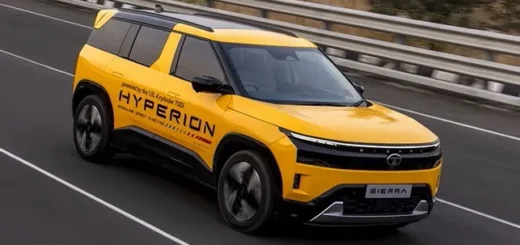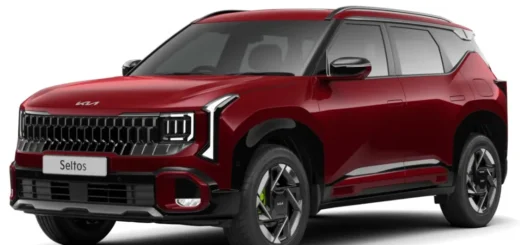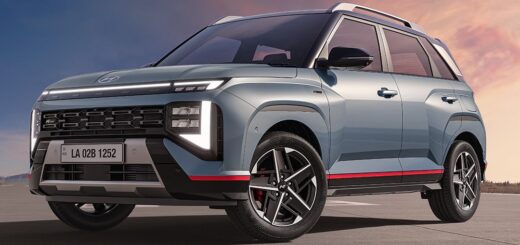High-Performance German Cars In India: The Invasion Of Titans
High-performance German cars are on a tear now in the Indian market. The domestic market, which is often dubbed for its obsession with fuel-efficient small cars, has witnessed several new launches of peppy and pricey high-performance models in the luxury segments this year, predominantly from the ‘German trio’ brands. For instance, Mercedes-Benz recently launched a bunch of AMG models in the S-class and G-class, while BMW is already offering X5 M and X6 M in addition to previously available ‘M’ models. Audi, on its part, has also introduced the S5 Sportback, apart from RS 6 and RS 7 unveiled early this year. These high-end car primarily focused on enhanced ‘sporty’ performance are for sure act as image builders for these luxury brands. Moreover, analysts say they are good business as well, even in markets like ours.
In fact, brands like BMW, Mercedes and Audi have had a long history of these performance-oriented cars; they all have specialised departments independently engineering, manufacturing and customizing cars. A typical list of extra goodies for performance variants includes power upgrades, firmer suspension, and bigger wheels. On the aesthetic front, the usual additions include body kits, special badges and unique paint colours. In certain cases, these variants maintain unique design and styling as well.
Apparently, these performance variants across every segments (that the company is involved in) serve as “passion projects” for their engineers and the design teams. They act as symbolic ambassadors for the brand’s superiority in building reputed cars and punchy power trains. In the global picture, luxury brands wet their appetite with in their race their rivals for limelight and popularity (like desire for magazine covers or stay trending in social media) among the automotive community, enthusiasts, shareholders, and buyers. They are also the test beds for latest technologies and comfort levels, setting standards for their regular models.
Also Read: Luxury Carmakers Stir Up Their Own History To Appeal Buyers
From the buyers point of view, one may observe that these customised sporty models stand apart from their regular sibling they are based on, and make a distinct and exclusive ‘class’ within the already class conscious luxury segments. And customers always look for such exclusivity, no matter what their budget is. The regular models from the luxury brands are no more alluring, and buyers flock towards high-performance and customised ‘special edition’ cars to seek both attention and status. The class-conflict that exists amongst the wealthy, upper-class buyers is imminent.
It’s not just a desire for image and customer wants that drive automakers to proliferate performance-oriented cars. Many analysts observe that these cars are good business as well. They offer fat profit margins than their regular models. These cars also draw different, younger buyers who can spend more for something exclusive and interesting. A high-performance halo on the usual, more prosaic offerings is what the younger customers often ask for. Moreover, these models that offer higher margins share common platforms, components, even powertrains with the regular models. “It’s very inexpensive to develop a performance model,” says Dave Sullivan, manager of product analysis for industry research firm AutoPacific. “The development time and the cost of tooling is far less [than the rest of the vehicle]. It’s too easy to not do, too easy to ignore”, he says.
With the luxury car market being the only segment that is booming in the Indian automobile market consecutively for the past couple of years, the advent of high-performance cars in almost every category seems corollary. The three German brands – Audi, BMW, and Mercedes-Benz – are the natural legatee, for that they have already pushed the other Japanese brands like Honda, Toyota and Maruti-Suzuki in the luxury categories to the edge of the spectrum.
Photos Credit: Motoroids, Soulsteer











